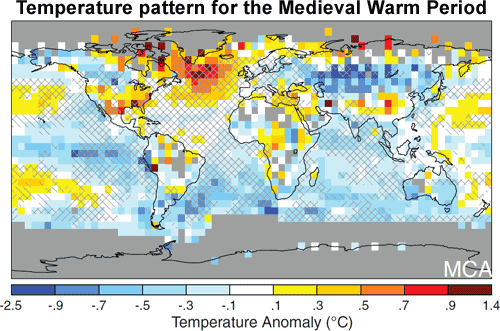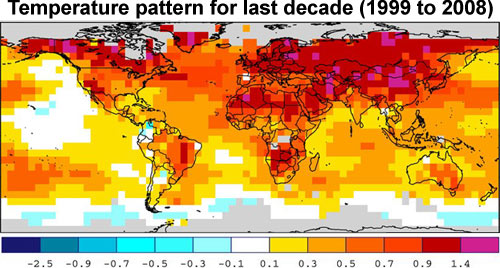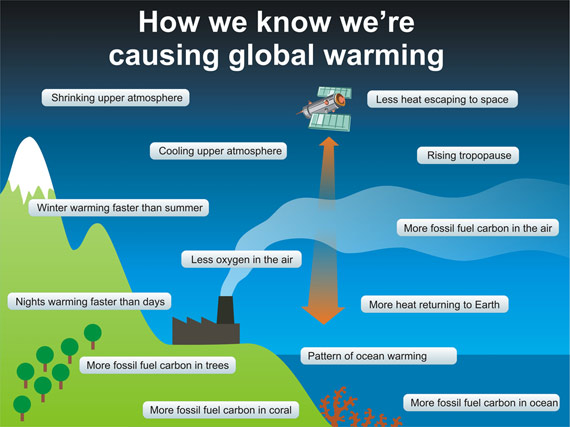
This is an update to the basic rebuttal to the myth Greenland was green
Greenland is a large area situated east of Canada, between the Arctic and Atlantic oceans. About 80% of the island is covered by the Greenland ice sheet. During the 980s, Scandinavian and Icelandic exporers established two or three settlements on the south-west coast of Greenland. So what were the conditions in Greeland like 1,000 years ago? More precisely, let's explore the three following questions:
Scientists have estimated that the Greenland ice sheet is between 400,000 and 800,000 years old. This means that the island today is unlikely to have been markedly different when Europeans settled there. However, there is evidence that the settled areas were warmer than today, with large birch woodlands providing both timber and fuel. This warmth coincided with the period known as the Medieval Climatic Anomaly, also known as the Medieval Warm Period, which we will discuss below.
So how did Greenland get its name? According to the Icelandic sagas, Erik the Red named it Greenland in an attempt to lure settlers in search of land and the promise of a better life. However, the age of the ice sheet, which is more than 3 kilometres thick in places and covers 80% of Greenland, proves that the opportunities to establish communities would have been limited to rather small areas.
During the Medieval Climatic Anomaly, some areas, most notably in the North Atlantic and parts of Europe, were at least as warm as today, if not warmer. However, other areas were colder, and overall evidence suggests that global temperatures during this period were similar to those at the beginning or middle of the 20th century, and colder than today. This period is explored in more depth here.
So not only was Greenland already mostly covered in ice when Europeans settled there, but also the relatively warm conditions during this period were not a global phenomenon. This contrasts with what we are seeing today, where warming is truly global. Figure 1 is a map showing reconstructions of temperature anomalies during the Medieval Warm Period. Blue colours show lower temperatures and warm colours show higher temperatures when compared to the 1961-1990 reference period.

Figure 1 - Reconstructed surface temperature anomalies for the Medieval Warm Period (950-1250) compared to a 1961-1990 reference period. (Source: Mann et al., 2009)
We can compare this with a similar reconstruction looking at surface temperature anomalies for the 1999 to 2008 period. This clearly shows the global nature of recent warming.

Figure 2 - Surface temperature anomaly for period 1999 to 2008, relative to the 1961– 1990 reference period. (Source: NOAA)
Warming can be the result of a number of factors, so that the cause of past climate change is not necessarily implicated in current climate change. For instance, the Medieval Climatic Anomaly was characterised by relatively high solar activity, low volcanic activity and possible changes in ocean circulation patterns. These factors can explain both the scale and pattern of warmth at that time. However, they cannot explain recent warming. More to the point, changes in natural factors would probably have led to cooling in the past few decades. This contrasts with the multiple lines of evidence pointing to the role played by humans in recent warming, as illustrated by the the graph below.

Greenland is unlikely to have been radically different 1,000 years ago since the ice sheet is at least 400,000 years old. So the evidence shows that not only was Greenland not green, the warmth was mainly a regional phenomenon caused by natural factors. Compare this with the unequivocal findings of the scientific community regarding ongoing warming: climate change now is global and in all likelihood driven primarily by human activities.
The key points can be summarised as follows:
Posted by Anne-Marie Blackburn on Tuesday, 26 November, 2013
 |
The Skeptical Science website by Skeptical Science is licensed under a Creative Commons Attribution 3.0 Unported License. |